Hurricane Irene hit us in Southern Maryland on the evening of Saturday, August 27th into the wee hours of the morning on Sunday, August 28th, my birthday. It was a Category 1 hurricane when it hit our area and dropped over 8 inches of rain. Happily, all of the horses at our boarding stable weathered the storm safely. Both barns remained intact, although there was some minor flooding inside. The indoor riding arena sustained minor damage when the wind blew the big garage-style door and two people-sized doors clean off their hinges. The worst damage on the property was to Patrick’s turnout field. Multiple large trees, uprooted by the combination of rain-saturated soil and heavy wind, fell into the field, destroying the fence (see video). After seeing the hurricane-ravaged paddock, I was extremely grateful that Patrick and his turnout buddy, Scooby, were inside during the storm. The farm also lost electricity for over 48 hours following the hurricane. However, the farm was minimally damaged compared to other homes and properties in our area. There must be thousands of downed trees here. This is a heavily treed area, and many of the downed trees have fallen on homes, cars, outbuildings, and power lines. At this writing on Tuesday afternoon, many homes here are still without power. The kids didn’t go to school today or yesterday. The damage in Saint Mary’s County is substantial. For example, I went outside of my house at 7:00 a.m. on Sunday morning, hoping to go check on Patrick soon after. My house was not damaged, although I had no less than five large downed trees in my yard, several no more than ten feet away from the house. It was just dumb luck that the house didn’t get hit. However, I had a larger problem. The road out of my cul de sac was blocked by not one, but two separate sets of trees that had fallen across the road. The neighbors and I spent the next couple of hours chain sawing our way out. It took my husband and I over an hour to drive to the barn (it normally takes 20 minutes). Once we got there, as I mentioned, Patrick and Scooby were fine. They had been turned out in an alternate paddock and were enjoying the beautiful post-hurricane weather.
This is the first time I’ve had to prepare a horse to weather a natural disaster. Here are a few things I learned:
1. Inside or Outside-In a hurricane, some people prefer to keep horses in the barn while others prefer to leave horses outside. There are pros and cons to each approach, so owners must decide which approach is best for their horses. In the barn, the horses are protected from flying debris, as well as wind and rain. Outside, horses have the opportunity to dodge debris and will not be threatened in the event that the barn fully or partially collapses. We elected to keep our horses in for this storm. Our barns are newer and structurally sound. This turned out to be a good decision considering the danger posed by falling trees during the storm. Not only could the trees have fallen on the horses, but they also broke the fence, potentially allowing the horses to escape and encounter other hazards like traffic.
2. Water- Horses can go a couple of days without food and probably suffer no ill effects. However, access to fresh water is absolutely essential. Without it, horses are prone to colic and dehydration, either of which could result in death. Our farm’s water supply comes from a well and is accessed by using an electric pump system. Anticipating that the power would go out, we stockpiled as much water as we could by filling all water troughs on the property. We put one full water trough in each barn in addition to the ones out in the paddocks. We asked all owners to bring extra buckets and jugs which were filled with water and placed outside the horses’ stalls. Even with the power out for over 48 hours, we had more than enough water for the 20+ horses.
3. Identification-Each horse wore a breakaway-style halter with the owner’s name, phone number, and the name of our farm. Some owners also chose to braid luggage tags with contact information into their horse’s mane or tail. Some owners also chose to write their phone numbers (in large writing) on their horses using a white, water resistant wound spray. I especially like the latter method because, in the event that the horses escaped from or had to be let out of the barn, anyone who spotted the loose horses could contact the owners without having to catch the animals. In addition to these methods, Patrick also has a microchip. Micro chipping is a simple, inexpensive procedure that allows lost horses to be identified. Rescue organizations and veterinary offices frequently have scanners that can detect the chips, which are placed in the crest of the horse’s neck. If a chip is present, the chip number will register on the scanner and can be looked up in a database to identify the animal’s owner. It is easy to prove ownership of a micro chipped horse in the event that the horse is lost during a natural disaster or stolen. Visual forms of identification are important in a disaster, but one advantage of micro chipping is that microchips are more permanent and will not fall off like halters or wash off like spray paint.
4. Contingency Planning-Our barn management had plans and back-up plans in place for Hurricane Irene. For example, our barn manager lives off-site, so plans were made for getting hay and water to the horses in the event that the roads were not passable for her to get to the barn. We planned to keep the horses inside during the storm, but a back-up plan was made to turn them out in the nearest paddock in the event that the barns became structurally compromised.
This is the first time I’ve had to prepare a horse to weather a natural disaster. Here are a few things I learned:
1. Inside or Outside-In a hurricane, some people prefer to keep horses in the barn while others prefer to leave horses outside. There are pros and cons to each approach, so owners must decide which approach is best for their horses. In the barn, the horses are protected from flying debris, as well as wind and rain. Outside, horses have the opportunity to dodge debris and will not be threatened in the event that the barn fully or partially collapses. We elected to keep our horses in for this storm. Our barns are newer and structurally sound. This turned out to be a good decision considering the danger posed by falling trees during the storm. Not only could the trees have fallen on the horses, but they also broke the fence, potentially allowing the horses to escape and encounter other hazards like traffic.
2. Water- Horses can go a couple of days without food and probably suffer no ill effects. However, access to fresh water is absolutely essential. Without it, horses are prone to colic and dehydration, either of which could result in death. Our farm’s water supply comes from a well and is accessed by using an electric pump system. Anticipating that the power would go out, we stockpiled as much water as we could by filling all water troughs on the property. We put one full water trough in each barn in addition to the ones out in the paddocks. We asked all owners to bring extra buckets and jugs which were filled with water and placed outside the horses’ stalls. Even with the power out for over 48 hours, we had more than enough water for the 20+ horses.
3. Identification-Each horse wore a breakaway-style halter with the owner’s name, phone number, and the name of our farm. Some owners also chose to braid luggage tags with contact information into their horse’s mane or tail. Some owners also chose to write their phone numbers (in large writing) on their horses using a white, water resistant wound spray. I especially like the latter method because, in the event that the horses escaped from or had to be let out of the barn, anyone who spotted the loose horses could contact the owners without having to catch the animals. In addition to these methods, Patrick also has a microchip. Micro chipping is a simple, inexpensive procedure that allows lost horses to be identified. Rescue organizations and veterinary offices frequently have scanners that can detect the chips, which are placed in the crest of the horse’s neck. If a chip is present, the chip number will register on the scanner and can be looked up in a database to identify the animal’s owner. It is easy to prove ownership of a micro chipped horse in the event that the horse is lost during a natural disaster or stolen. Visual forms of identification are important in a disaster, but one advantage of micro chipping is that microchips are more permanent and will not fall off like halters or wash off like spray paint.
4. Contingency Planning-Our barn management had plans and back-up plans in place for Hurricane Irene. For example, our barn manager lives off-site, so plans were made for getting hay and water to the horses in the event that the roads were not passable for her to get to the barn. We planned to keep the horses inside during the storm, but a back-up plan was made to turn them out in the nearest paddock in the event that the barns became structurally compromised.
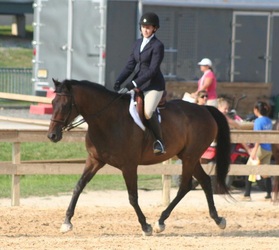
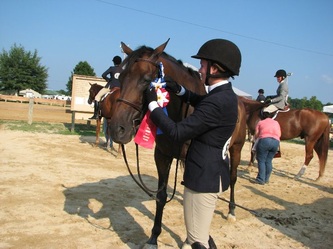

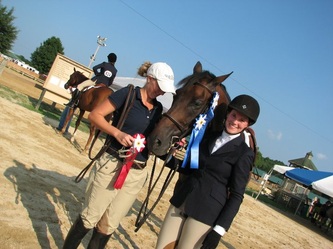
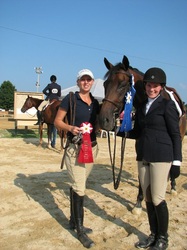
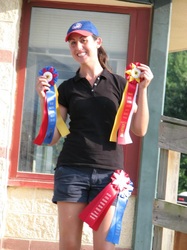
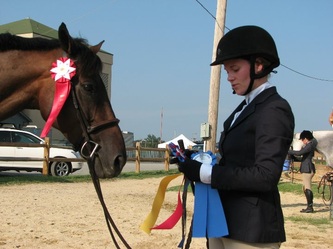
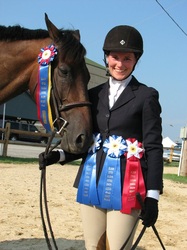
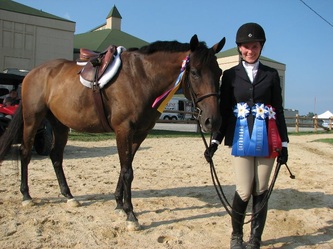
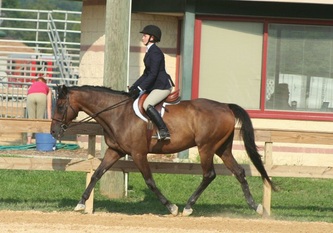
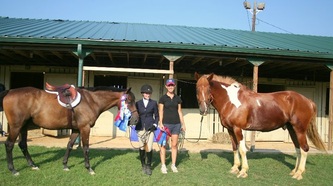
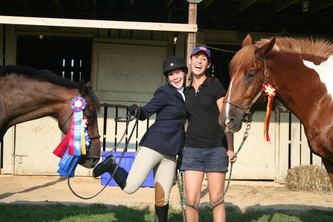
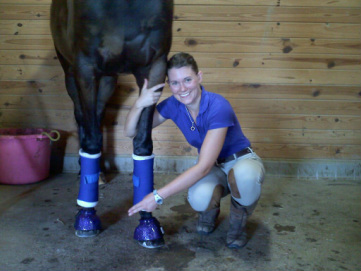
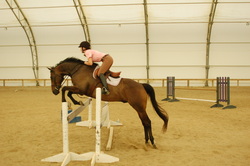
 RSS Feed
RSS Feed